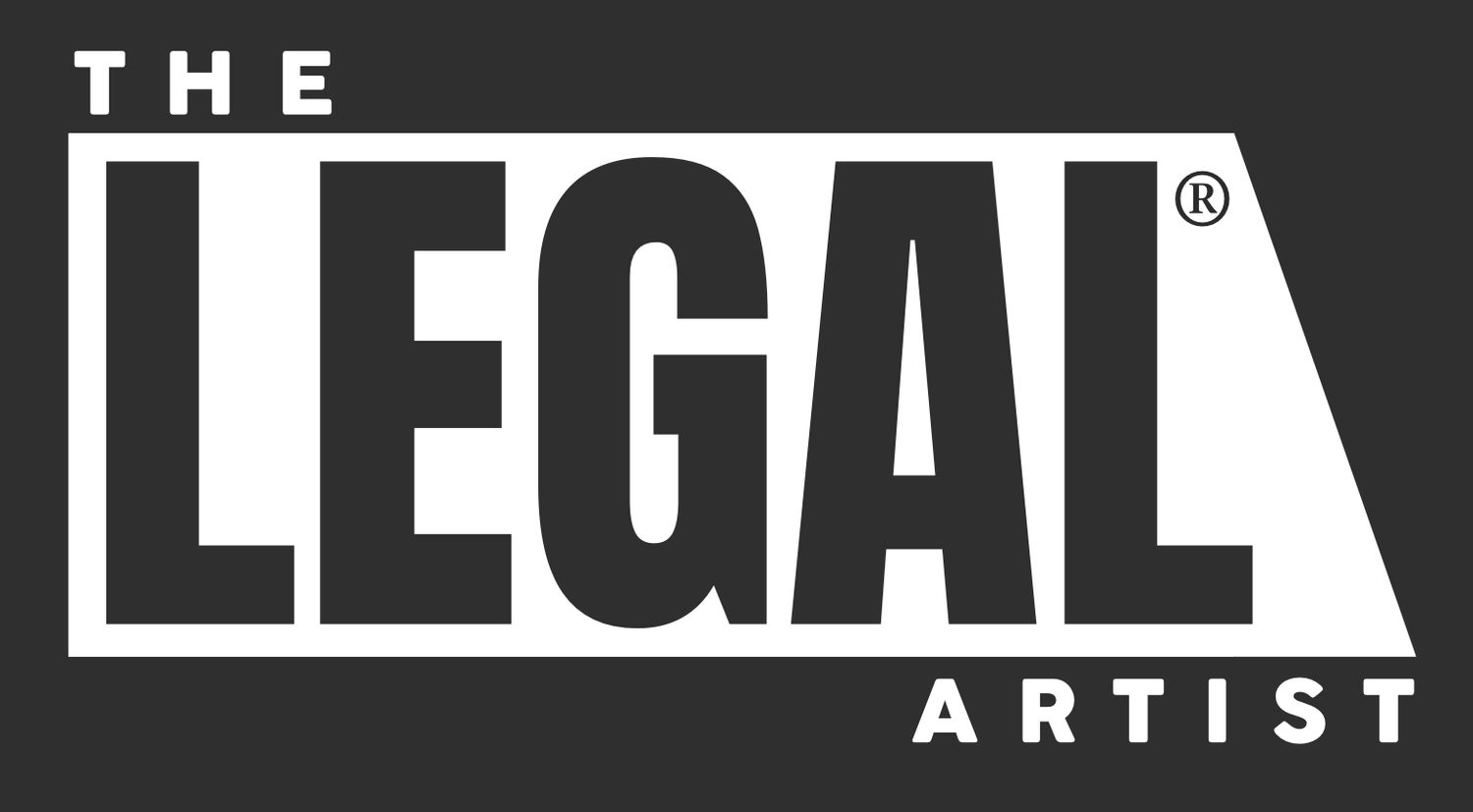Ask Greg: When And Why To Use Copyright And Trademark Symbols
/ Q: When am I required to to put a © next to my work? If I don't do that, will I lose my copyright?
Q: When am I required to to put a © next to my work? If I don't do that, will I lose my copyright?
A: With one exception, you are never required to use a symbol to indicate your ownership over a copyright or trademark, and the failure to use those symbols will not negatively impact your rights. That's the nice thing about our intellectual property laws... your works of art and trademarks benefit from federal protection automatically and without reservation (minus any intervening contractual or infringement issues).
That doesn't mean it's not a good idea to use those symbols whenever possible, however. The symbols perform a really useful function; they tell the world that you are aware of your rights and will defend your ownership over your copyright or trademark. It seems like a small thing, but that notice can actually make a difference. Would you rather spend your time and money fighting off potential encroachers, or would you rather be building your network and running your business? Eagle-eyed readers may have already noticed the change I made to my logo recently. Do you see it? Hiding there at the end of the word "Artist" like a little blue guardian angel?
That ™ isn't there for aesthetic reasons. It's there to put the world on notice that I recognize the value of my brand and will defend it if necessary.
That's why using these symbols is worth it. So what do they mean and how do they differ?
Copyrights (©)
From the moment your work is created (that is, fixed in a tangible medium of expression), it is granted copyright protection. You don't have to register your work with the U.S. Copyright Office, and you don't have to use a © to demonstrate to the world that the copyright is yours. In fact, you don't have to do anything. And while there are definite benefits to registration, creating the work is all the burden you must bear. It's protected no matter what. Registration and denoting ownership through use of the © symbol are considered optional, and failing to do either will not cause you to lose ownership. That, by the way, wasn't always the case. Prior to 1988, failing to use the © to denote your copyright meant you lost it. Luckily, in a rare display of common sense, Congress changed that.
Trademarks (™ and ®)
Generally speaking, from the moment you use a logo, name, phrase, etc. in commerce, it is granted limited (regional) protection. You don't have to register your mark with the U.S. Patent and Trademark Office to get that protection (although registration will give you nationwide protection), nor are you required to use a symbol to denote that your trademark receives such protection. However, there are two symbols that denote trademark ownership - the ™ and the ® - and both carry wholly different implications.
The ™ symbol functions an awful lot like the ©; using it is completely optional and registration of your mark is not required to use it. Likewise, failing to use a ™ does not strip you of your trademark ownership.
But with the ®, everything is different. It creates the lone exception I mentioned earlier. While you don't have to register your mark in order to use a ™, you MUST register your mark if you want to use an ®. You're also not allowed to use an ® if you don't have a validly registered mark. Doing so constitutes fraud, which can be punished by fine or even imprisonment (pretty rare, but still). If you do have a validly registered mark and you fail to use the ®, you most likely won't be able to recover money for any financial harm you suffer if someone does infringe your mark.
In my opinion, these symbols are a gift to you from the U.S. government. They're easy to use, they give you a lot of authority, and the burden on you to use them is very small. While they are optional, I can't think of a single reason not to use them.









